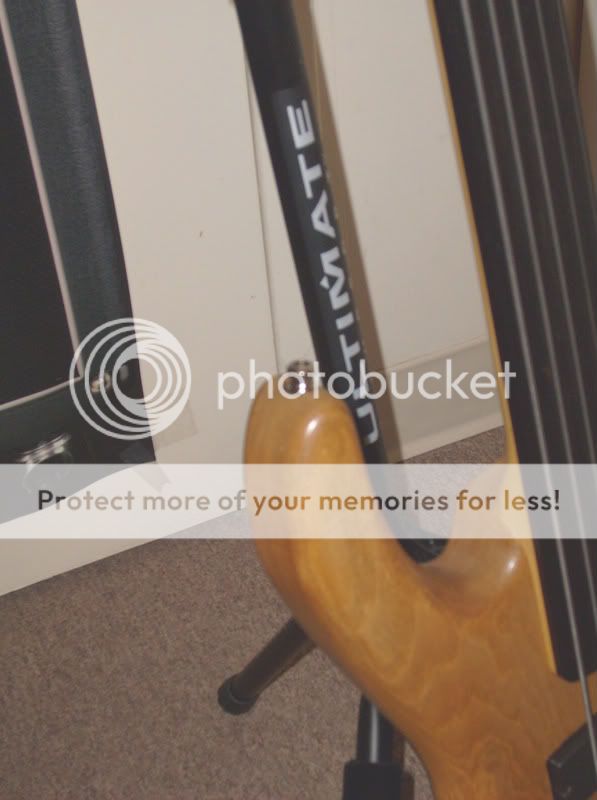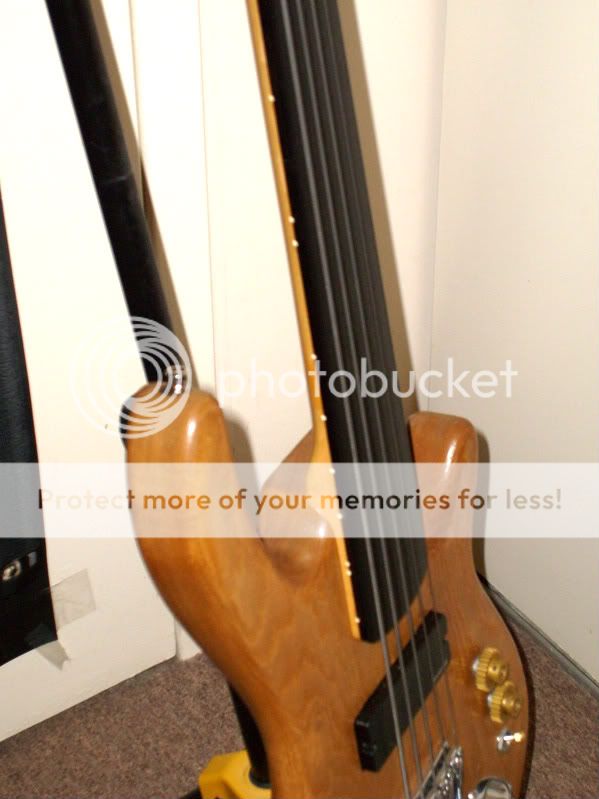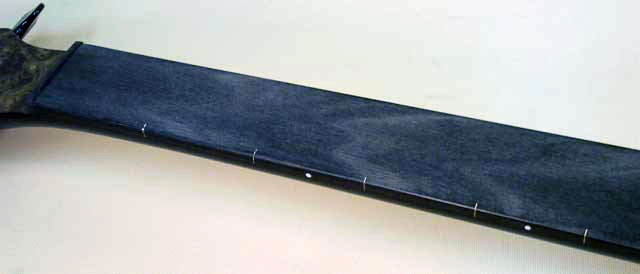Just for insty-grats here, I've been playing slide guitar as long as regular - 42 years. Fretless bass, 25 years off and on, the last decade full-on. And steel guitar the last 11 or 12 too. By far the fastest bestest way to get good at fretless is to sell all your fretted basses, and just... start taking the fretless one to jams and gigs. :help: You wouldn't BELIEVE the progress that'll push

The audience is a great help, because they wince and grimace right along with you!
Oh, and teaching normal guitar for a few decades (me, that is).
I hope you can cut out at least a couple of hours a day to practice, yes Sundays, birthdays, sunny daze too. In a one-hour, twice daily routine, you'll want to set aside the last 5-to-10 minutes of each hour to play music that you like to play - without looking at your hands at all. Work in some 4th, 5th and octave slides - eventually. There is no substitute for this, no book you can read about it, no pixie dust, no protein shakes. I don't think there's much if any advantage trying to "cram" for it by doing intonation exercises for an hour a day, because - everything else is an intonation exercise too! :laughing3:
Another "eventual" is playing scales and figures (melody) against varying drone tones. And you don't want to always treat the tone as the root, you can "hold it" to be the 6th, 3rd, 4th it's own self. There are "methods" that advocate hold the drone to be a major 7th, flatted 9th, flat 6 - nah. By the time you really need Hungarian minors and the superlocrian mode, you'll know. Some people tell you to do these in all keys, but since the shapes all stay the same, I think there's better use of your time.
You do also want to look at your fingers, because intervals and
music is laid out geographically on the neck. But you have to get your ear together, if you can't play in tune you got nothing. It'll ALWAYS sound like crap and you won't want to play. There's always, always constant listening and adjusting to stay in tune. When a classical violinist is blasting out 128th notes, they're listening, and adjusting - and the only way they can hear that fast to stay in tune is because they trained their ears and hand to stay in tune slowly, first.
Oh, and fret lines and dots and lizards and such? Whatever you like. :headbang:





